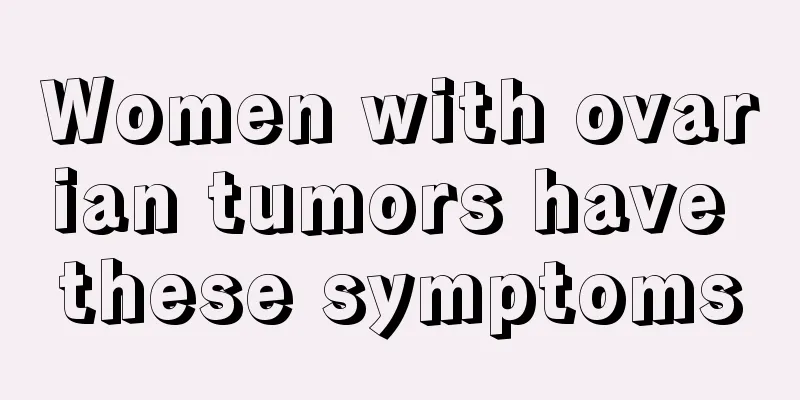Signs of Benzopyrene Epoxide Poisoning

|
Benzopyrene epoxide is a carcinogen. This compound easily combines with aerosols formed by various types of particles. Once inhaled into the lungs, it may cause lung cancer and cardiovascular diseases. Therefore, the signs of benzopyrene epoxide poisoning are also a matter of great concern to many people, and they hope to detect abnormalities in time. So, what are the signs of benzopyrene epoxide poisoning? Let’s take a look below. Health hazards Routes of entry: inhalation, ingestion, and percutaneous absorption. Health hazards: Irritating to eyes and skin. It is a carcinogen, teratogen and mutagen. Toxicological data and environmental behavior toxicity: It is the most toxic and potent carcinogen among polycyclic aromatic hydrocarbons. Acute toxicity LD50500mg/kg (mouse intraperitoneal); 50mg/kg (rat subcutaneous) Chronic toxicity: Living in an air environment containing BaP for a long time will cause it. BaP in the air is one of the most important factors causing lung cancer. Toxicity to aquatic organisms: 5μg/L, 12 days, microorganisms, inhibitory effect; 5mg/L, 13 hours, mollusk eggs, inhibitory effect, structural changes. Carcinogenic BaP is considered to be a highly active carcinogen, but not a direct carcinogen. It must be activated by mixed function oxidases in cell microsomes to become carcinogenic. After BaP enters the body, except for a small part that is excreted in its original form with the feces, a part is activated by the mixed function oxidase in the liver and lung cell microsomes and converted into dozens of metabolites. Among them, the conversion into hydroxyl compounds or quinones is a detoxification reaction; the conversion into epoxides, especially the conversion into 7,8-epoxide, is an activation reaction. The 7,8-epoxide is further metabolized to produce 7,8-dihydrodihydroxy-9,10-epoxybenzo[a]pyrene (as shown in the figure), which may be the ultimate carcinogen. This ultimate carcinogen has four isomers, among which (+)-BP-7β,8α-diol-9α,10α-epoxide-benzo[a]pyrene has been shown to be the most carcinogenic. It forms covalent bonds with DNA and causes DNA damage. If the DNA cannot be repaired or is repaired without restoration, the cells may become cancerous. The other three isomers also have carcinogenic effects. Animal tests, including oral, percutaneous, inhalation, and subcutaneous injection, all showed carcinogenicity. Many countries have conducted experiments on nine types of animals and adopted various routes of administration, and all of them have obtained positive reports of inducing cancer. Among PAHs, BaP is the most widespread and the most carcinogenic. BaP is not only widely present in the environment and relatively stable, but also has a certain correlation with the content of other polycyclic aromatic hydrocarbons. Therefore, BaP is generally regarded as a representative of atmospheric carcinogens. Teratogenicity 1000 mg/ kg, oral administration to pregnant rats, caused fetal teratogenesis. DNA mutation 40mg/kg, once, intraperitoneally in voles, multiple changes in chromosome tests. Mice, genetic phenotypes tested for multiple changes. Insects, microorganisms, genetic phenotyping experiments with multiple variations. Human cell culture DNA has multiple changes. Disposal method 1. Emergency treatment for leaks: Isolate the leaked contaminated area and set up warning signs around it. Emergency treatment personnel should wear self-contained breathing apparatus and chemical protective clothing. Do not come into direct contact with the leaked material, avoid creating dust, sweep it up carefully, and solidify it with cement, asphalt or appropriate thermoplastic materials before discarding. In case of large-scale leakage, collect and recycle it or dispose of it after harmless treatment. 2. Protective measures Respiratory protection: Generally no special protection is required, but it is recommended to wear a self-contained breathing apparatus in special circumstances. Eye protection: Wear safety glasses. Protective clothing: Wear polyethylene film anti-toxic clothing. Hand protection: Wear chemical-resistant gloves when necessary. Others: After work, take a shower and change clothes. Avoid prolonged and repeated exposure. Beware of its carcinogenicity. 3. First aid measures Skin contact : Take off contaminated clothes and rinse thoroughly with soap and water. Eye contact: Immediately open the upper and lower eyelids and rinse with running water for 15 minutes. Seek medical attention. Inhalation: Get out of the polluted environment and rinse the dust in the nasopharynx with water. Seek medical attention. Ingestion: If swallowed accidentally, rinse mouth thoroughly, drink water and induce vomiting. Seek medical attention. Fire extinguishing methods: carbon dioxide, dry powder, 1211 fire extinguishing agent, sand and soil. Using water may cause boiling and splashing. |
<<: Ureaplasma urealyticum positive is very stubborn
>>: What to do if myopia and presbyopia occur_Can presbyopia be treated
Recommend
Diet care for fever caused by liver cancer
We must not ignore liver cancer. First of all, we...
Is melanoma easy to cure?
Melanoma is a tumor that develops from melanocyte...
What is causing my lower back pain and weak legs?
Lower back pain and weak legs are common symptoms...
What are the reasons for intermittent scalp pain
Many people suffer from intermittent scalp pain. ...
How to treat conjunctival stones? It turns out to be like this
Conjunctival stones are a common disease among mi...
Laba garlic for weight loss
Garlic is a common ingredient in our daily life, ...
The fetal heart rate is 170, is it a boy or a girl?
The fetal heart rate that people often talk about...
What food to eat for swollen lymph nodes, the most reliable dietary therapy method
Lymph node enlargement can occur in people of any...
Will I feel pain if I have a teratoma?
Will I feel pain if I have a teratoma? During the...
What causes right brain nerve pain?
Many people in life often suffer from headaches, ...
What are the correct steps for applying a facial mask?
Many people have the habit of applying facial mas...
What should I pay attention to when having my stomach removed for gastric cancer
The most common treatment for gastric cancer is r...
Can you eat frozen bayberry?
Most of the bayberries we eat daily are frozen fo...
What are the key points of nursing after esophageal cancer surgery
In recent years, the incidence of esophageal canc...
Indications of chloral hydrate solution
Chloral hydrate solution is a common drug for tre...









